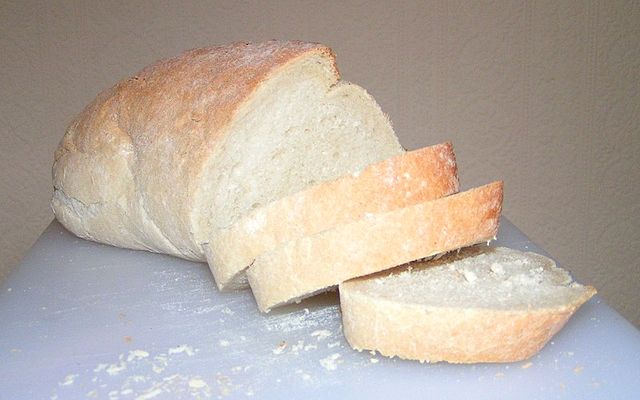Whole Grains vs Refined Grains
Understanding the difference between whole grains and refined grains is essential when incorporating grains into your meals. Grains, such as wheat, rice, cornmeal, and barley, are used to make numerous foods like bread, oatmeal, pasta, breakfast cereals, and tortillas. These grains are classified as either whole grains or refined grains, depending on their processing. Whole grains are typically favored over refined grains due to their health benefits.
A grain consists of three main parts: the bran, which is the outer protective coating rich in fibers and nutrients; the germ, the seed part that is rich in vitamins and minerals as it supports new life; and the endosperm, which mainly contains energy in the form of proteins and starches.
What are Whole Grains?
Whole grains are named as such because they contain all three main parts, making them nutritious and wholesome for our bodies. Whole grains are far more nutritious and healthier than refined grains, providing more vitamin B, E, and folic acid. Whole grains are also beneficial due to their fiber content, which can help with weight management. Examples of whole grains include brown rice, oatmeal, popcorn, muesli, whole wheat bread, and wild rice.
What are Refined Grains?
Refined grains, on the other hand, are polished, losing their bran and germ in the process. Although these grains are enriched with supplements such as vitamins and minerals after milling, they still do not hold the same nutritional value as whole grains. Refined grains have a better-looking texture and a longer shelf life but lack important nutrients like vitamin B, iron, and fibers. Significant minerals like magnesium and zinc, present in whole grains, are removed from refined grains, reducing their nutritional value. It is not possible to add fibers to refined grains that they lose during milling. Some examples of refined grains are noodles, crackers, macaroni, spaghetti, cornflakes, white bread, and white rice. When purchasing refined grain products, ensure the label includes the word “enriched” in the grain name to avoid consuming something that lacks nutrition.
What is the difference between Whole Grain and Refined Grain?
• Whole grains contain all three body parts of a grain (bran, germ, and endosperm), whereas refined grains lose bran and germ during milling, leaving only the endosperm.
• Whole grains are more nutritious than refined grains.
• Whole grains also contain fibers and important minerals such as magnesium and zinc, which are removed from refined grains.
• Refined grains have a better texture and longer shelf life than whole grains.
• Examples of whole grains include brown rice, oatmeal, popcorn, muesli, whole wheat bread, and wild rice.
• Examples of refined grains include noodles, crackers, macaroni, spaghetti, cornflakes, white bread, and white rice.
Key Takeaways
- Whole grains are more nutritious than refined grains, as they contain all three parts of the grain (bran, germ, and endosperm) and provide more vitamins, minerals, and fiber.
- Refined grains lose their bran and germ during processing, resulting in a less nutritious product with a better texture and longer shelf life.
- When incorporating grains into your diet, opt for whole grains like brown rice, oatmeal, and whole wheat bread, rather than refined grains like white bread and white rice.
